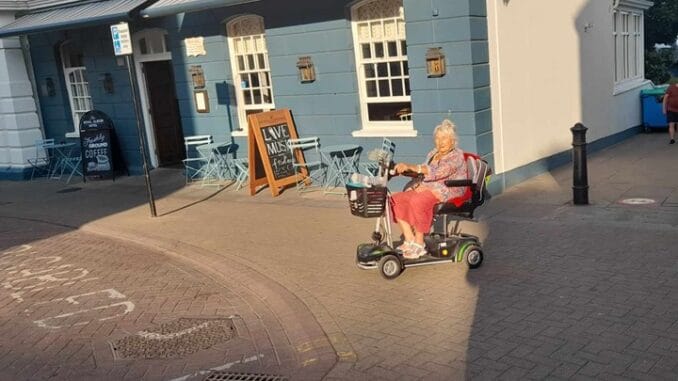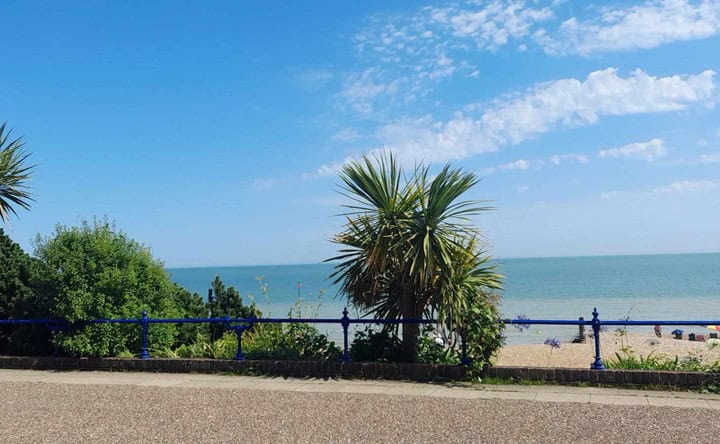
I have a new hero: Selwyn Goldsmith. I bet you’ve never heard of him but for disabled people or any pavement wheel user he’s a vital bit of history. He invented the dropped kerb!
He, like me, had polio as a child and was a lifetime wheel chair user. He was an architect and town planner who argued for making every aspect of our lives accessible regardless of age or disability – products, buildings, roads etc etc. so the disabled can do whatever “normal” people can do.
After talking to many wheel users he realised that getting on and off pavements was a major problem. So, in the 1960s he decided that dropped kerbs would be an innovation that many people would find helpful.
But despite Goldsmith’s pioneering work, our pavements are far from perfect.
So, what makes a perfect pavement?
There still aren’t enough of them but dropped kerbs are vital. I’d make every kerb dropped – like in Broadstairs outside the Albion Hotel – for a few blissful yards all kerbs are rounded and easy to get on and off.
But to get a bit nearer perfection there are lots of things you DON’T want: parked cars, advertising A boards, small dogs on long leads, scaffolding that blocks a narrow passageway, chairs outside cafes, bollards in odd places (they deter the parked cars but may bring wheel users into conflict with pedestrians). We don’t need any of them!
Then there’s what the pavement’s made from. Paving slabs are often uneven and wobbly – bump bump bump whenever your wheels turn over. Looks awful but for me tarmac is better and potholes more easily repaired.
I went to Eastbourne recently to see old friends and look at one of the first resorts to welcome disabled people – well, those rich enough to afford to hire a bath chair and a man to pull it.

Eastbourne seafront has four miles of fairly smooth riding, with lots of greenery and wide sea landscapes to look at. And cream teas in the cafe at the end, where the cliffs turn into Beachy Head. Paradise? Not quite!! Venture off the seafront and the dropped kerbs vanish! And the pavements don’t exist in places.
So, the least requirement of any pavement is that it exists! Otherwise you’re stuck in the road! Many wheel users won’t risk competing with real traffic when you can only do four miles an hour max and your lights make you look like a mouse with a small torch! And try a big pothole at night on a busy crossroads…..
Photo Mark Snashall
My ideal pavement is wide enough for two wheel users to pass easily, smooth, dropped kerbs along its length, no obstacles to block it and thoughtful users – pedestrians, animals, other wheelies.
Town planners could design sensible places for manholes. My Broadstairs route was once blocked by roadworks. I couldn’t turn round on a narrow pavement and a big hole gaped in front of me. Pedestrians were forced into the road but I couldn’t get over the massive kerb. Work people are usually very helpful but it’s not ideal to offer to carry people over the obstacle. And not everyone is tiny like me.
So, they reconstructed the hole, put the manhole cover back on, and I scooted over, overwhelmingly grateful and desperately guilty feeling.
But better design might have solved the problem before it began.
If we go with Selwyn Goldsmith’s ideas then you design everything for normal people but you change the definition of “normal” to include the disabled as part of your community. So none of us need be excluded.
I’ve scooted round with three of our local politicians now pointing out the issues. All seemed receptive and sympathetic. We’ll see…..






